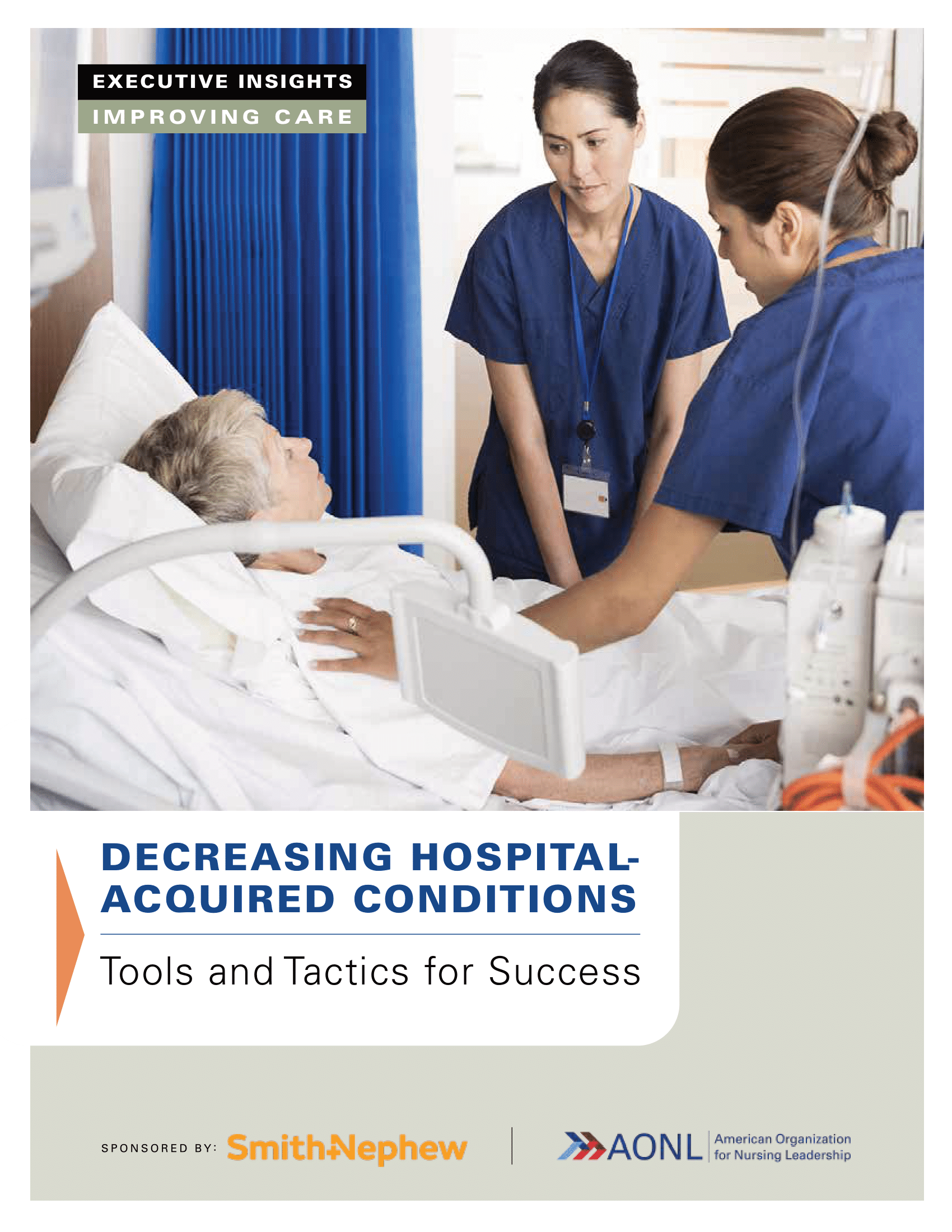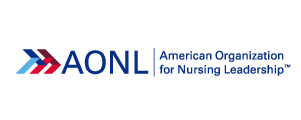
Decreasing Hospital-Acquired Conditions
Tools and Tactics for success
[Sponsored] Nursing leaders prevented hospital-acquired conditions (HACs) during the recent pandemic patient surges with a combination of teamwork, data-driven technologies and enhanced safety protocols. This executive dialogue convened nurse executives to share their insights on developing a strong safety culture that will outlast the pandemic. Leaders also discussed the best ways to win staff buy-in for the new quality initiatives, a must for successful adoption.

This executive dialogue will highlight key findings on:
- Hospital-acquired condition prevention should not fall solely on nurses. During COVID surges, an all-hands-on-deck approach improved outcomes, a teamwork mentality leaders want to keep.
- Most nurse leaders worry about patient falls and pressure injuries.
- Regular safety meetings, checklists and improved accountability measures help reduce HACs.
- Virtual sitters, chair alarms, toilet alarms and automated patient monitoring systems also help to diminish harm. Leaders also found value in artificial intelligence software, used to identify high-risk patients.
- Hidden biases can affect treatment. For example, some clinicians may turn obese patients less than they do others. Data can help reveal these biases.
- Organizations can improve safety culture with a consistent change management process led by C-suite leaders.
Download Executive Dialogue
Decreasing Hospital-Acquired Conditions
Sponsored by


Related Resources
Sponsored White Papers
The Evolv whitepaper, "The Impact of Workplace Violence on Nurses, Staff, Visitors, and Patients in Healthcare Facilities," offers an in-depth…
Sponsored White Papers
The AvaSure whitepaper, "Reducing ED Boarding While Funding Virtual Care: A Patient Safety and ROI Case Study," explores how addressing ED boarding…
Sponsored Content
As the health care workforce evolves, hospitals must adapt to retain talent, control labor costs and ensure high-quality patient care.
Sponsored White Papers
What’s driving nurses to stay—or leave? AMN Healthcare’s 2025 RN Survey delivers critical insights and five strategies to strengthen nurse retention…
Sponsored White Papers
The Philips whitepaper, "Revolutionizing Telemetry: How Modern CMUs Drive Health Systems into the Future," offers an in-depth analysis of traditional…


